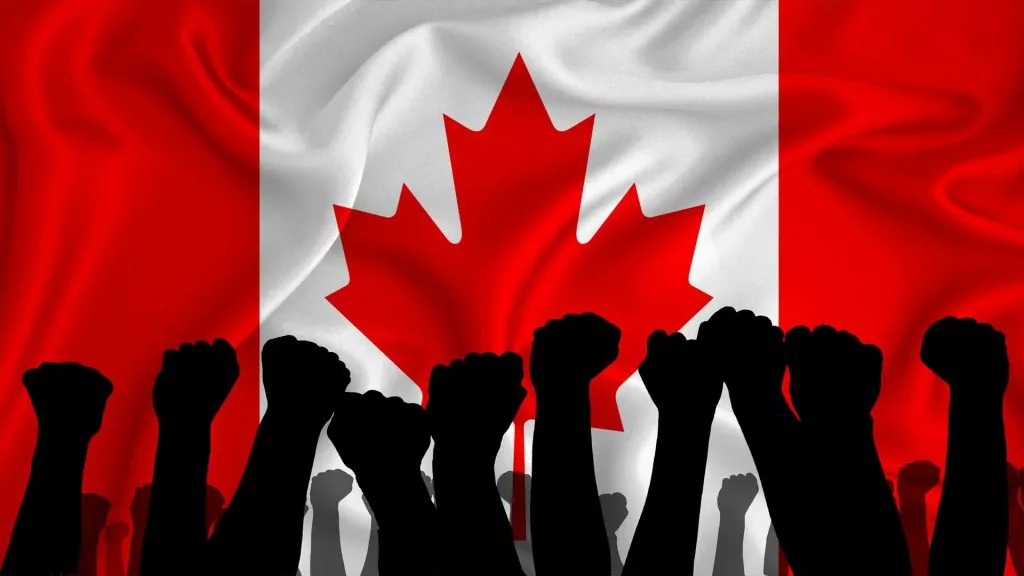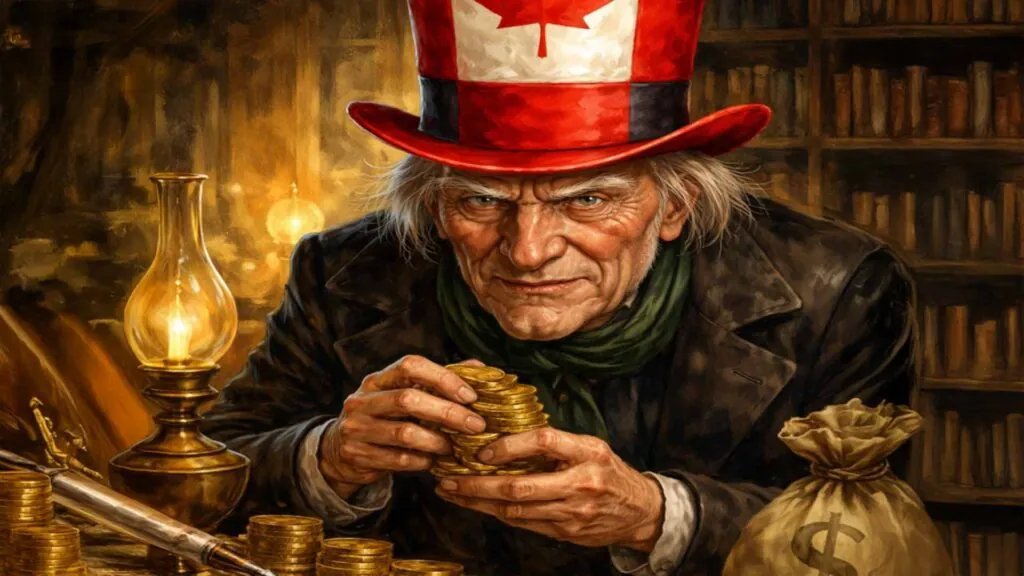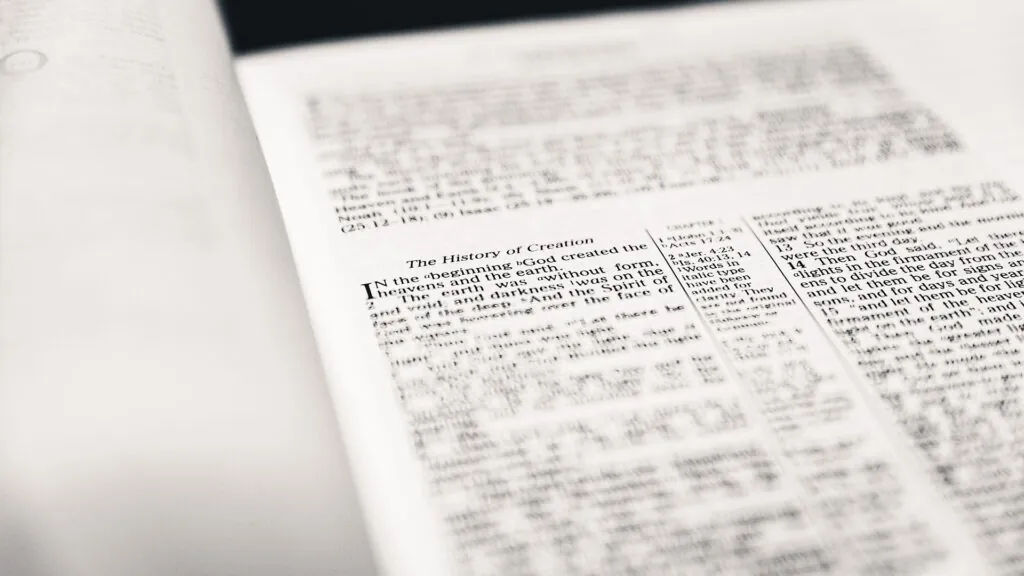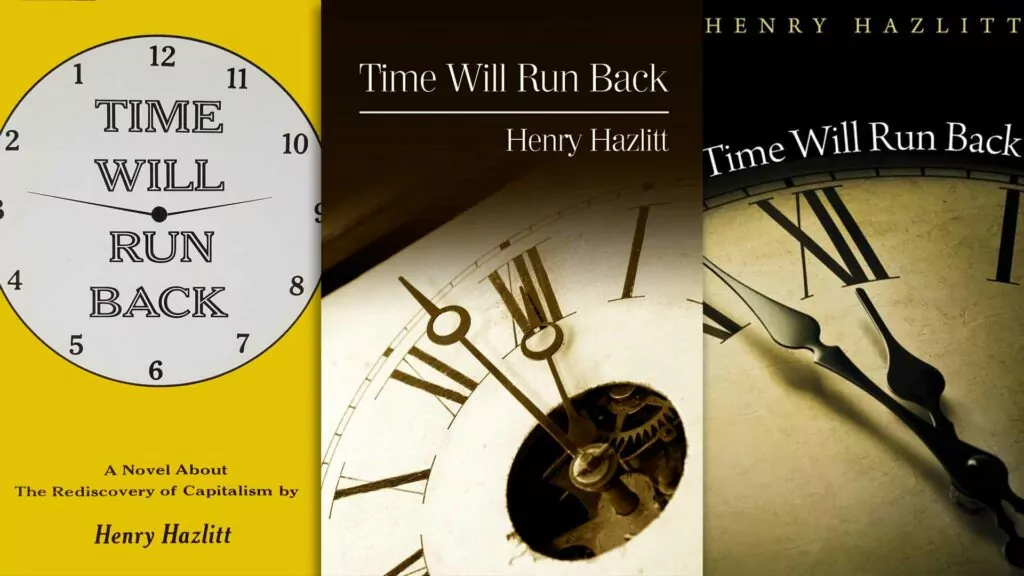Politics may seem especially absurd these days, but it didn’t start here. In Canada, the wackiness goes back at least a few decades, to the founding of the Rhinoceros Party.
Founded in 1963 by Jacques Ferron, this party claimed to be inspired by a Brazilian rhinoceros, Cacareco, who had been elected to a city council in Brazil in 1958. The Canadians needed a rhino closer to home though, so the movement chose Cornelius the First, a rhinoceros in the Granby Zoo near Montreal as their leader.
The party existed from 1963 until 1993 when it was officially dissolved, but it was resurrected in 2007, though with an arguably cruder edge to its humor. That edge might reflect the new times in which the party found itself.
Big promises
The Rhinoceros Party promised what some would say any other party did: the completely impossible.
For example, at one time or another the Rhinoceros Party promised to:
- Abolish the Law of Gravity.
- They also hoped to give the unemployed the right to strike.
- They sought to reduce the speed of light since it’s much too fast.
- The Rhinos wanted provide higher education by building taller schools.
- They promised to end crime by abolishing all laws.
- They were in favor of adopting the British system of driving on the left instead of the right. This would be brought in gradually starting with large trucks, then buses, and then small cars and bicycles.
- They sought to Declare war on Belgium. In one of the Tintin books, the Belgian hero killed a rhino. War could be avoided if the Belgian embassy in Canada delivered a case of mussels and a case of Belgian beer to the head office of the Rhino Party. Interestingly, though the Rhinos never elected a single representative to Parliament, the Belgian embassy did come through on the mussels and beer.
- They wanted to impose an import quota on cold winter weather. The only seasons that would be allowed were to be salt, pepper, mustard and vinegar.
- Preying on Canadians distrust of their southern neighbors, the Rhinos promised to count the Thousand Island in case the Americans had stolen some.
Perhaps the only promise that the Rhinoceros Party might have kept was that if they were ever able to form the government, they would promptly resign thereby forcing a new election.
Just cursing the darkness
In its attempts at humor, the Rhinoceros Party sometimes descended into crudity. Arguably, they were no worse than many of the politicians who currently grace the world stage. They did point out the absurdity of the promises made by many politicians who make promises they have either thought out poorly and find they cannot keep, or who may make ones so grandiose they know in advance they’ll never be able to follow through.
But while humor points out the absurd and the weaknesses of Canadian parties and politicians, it doesn’t suggest an alternative. The Rhinoceroses in the party tore down the pretensions of the proud, but failed to replace them with anything more reasonable.
Retiring the Rhino
The original Rhinoceros Party met its demise in 1993. In order to stay a registered party, each party had to run candidates in 50 electoral districts, a feat that was too difficult at the time for the Rhinos. Consequently, in protest, the party chose to abstain from the 1993 election. The chief officer of Elections Canada ordered that the party be dissolved and money from the sale of assets was to be sent to the Canadian government’s Receiver General. Party leader Charlie MacKenzie refused, and after two years of back and forth, Elections Canada declined to prosecute MacKenzie making him Canada’s self-described “least wanted fugitive.”
James Dykstra is a sometimes history teacher, author, and podcaster. This article is taken from an episode of his History.icu podcast, “where history is never boring.” Find it at History.icu, or on Spotify, Google podcasts, or wherever you find your podcasts.
IF RHINOS JOINED THE CHP
by Jon Dykstra
One of the best policy proposals the Rhinoceros Party of Canada ever made went something like this:
“Currently, convicted murderers get life, and unborn babies often get death. We’ll swap that around.”
It was a good policy told with punch, and short enough to fit on a t-shirt. The only problem? I’m not sure it ever happened. I thought it did, but when I started searching for the when and where, I found there’s nothing online to back up my hazy recall. It also strikes me as being out of step with the rest of the party’s generally frivolous stands – it’s too emphatically pro-life.
So if it wasn’t the Rhinos, might it have been the Christian Heritage Party (CHP)? They are pro-life – Canada’s only pro-life party – but it struck me as a bit too “quippy” for them. It almost seems like a combination of the two parties: a satiric Rhino-ish take but one that doesn’t just tear down, but offers a Christian alternative. And yes, a CHP vet remembers them running something like this in years past. Turns out the CHP has a little Rhino in it.













